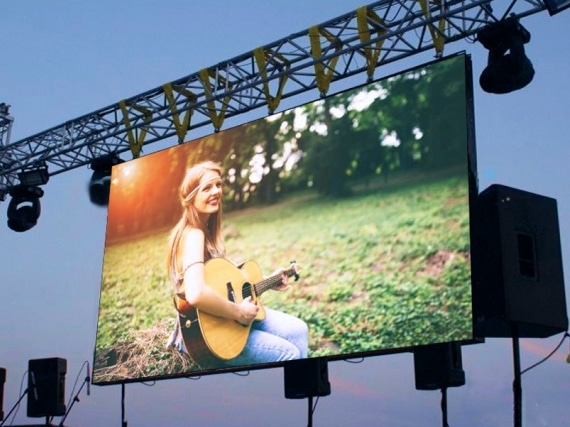Mastering Hue Accuracy in LED Display Calibration for Breathtaking Visual Displays
Mastering Hue Accuracy in LED Display Calibration for Breathtaking Visual Displays
Blog Article
Hue accuracy is essential for creating stunning visual presentations, particularly when employing LED screens. These large displays are frequently found in places like concert venues, sports arenas, and advertising billboards. When the colors on an LED screen are not accurate, the visuals can look dull or warped, which can impact the total impression for audiences. Therefore, mastering color accuracy in LED screen tuning is vital for attaining vibrant and realistic images.
The initial step in guaranteeing color accuracy is comprehending how LED technology works. LEDs, or light-emitting diodes, produce light in multiple shades by mixing red, green, and blue (RGB) light. Each dot on an LED wall consists of these three colors. When calibrated correctly, the mix of RGB can produce a broad range of hues. However, if one hue is too bright or too dim, it can distort the whole display. This is why calibration is necessary to balance the hues and reach the intended graphic result.
Tuning involves modifying the configurations of the LED wall to make sure that the hues displayed match the original material as nearby as feasible. This process usually includes using specific software and hardware tools. Technicians frequently use color measurement devices, such as spectrophotometers, to analyze the hues being displayed. By contrasting the assessed colors to standard color values, they can make exact adjustments. This guarantees that the colors are not only vibrant but also uniform across the entire screen.
Another important aspect of color precision is comprehending the environment in which the LED screen is employed. Elements such as surrounding light can significantly affect how colors look. For example, a brightly lit room may fade hues, making them look less lively. To counteract this, technicians may modify the luminosity and differentiation settings of the LED screen. Additionally, they may choose specific color settings that are more appropriate for various lighting conditions. This flexibility helps maintain color precision irrespective of the viewing environment.
Ultimately, routine maintenance and re-tuning are crucial for keeping an LED screen looking its best. Over time, the performance of LEDs can alter due to elements like degradation and heat fluctuations. Frequent checks and adjustments can help ensure that the colors remain accurate and lively. By investing time in proper tuning and upkeep, venues can provide viewers with breathtaking graphic presentations that improve their total experience. Mastering color accuracy in LED screen calibration is not just a technical job; it is an art that adds to the magic of led wall alignment techniques visual narration.